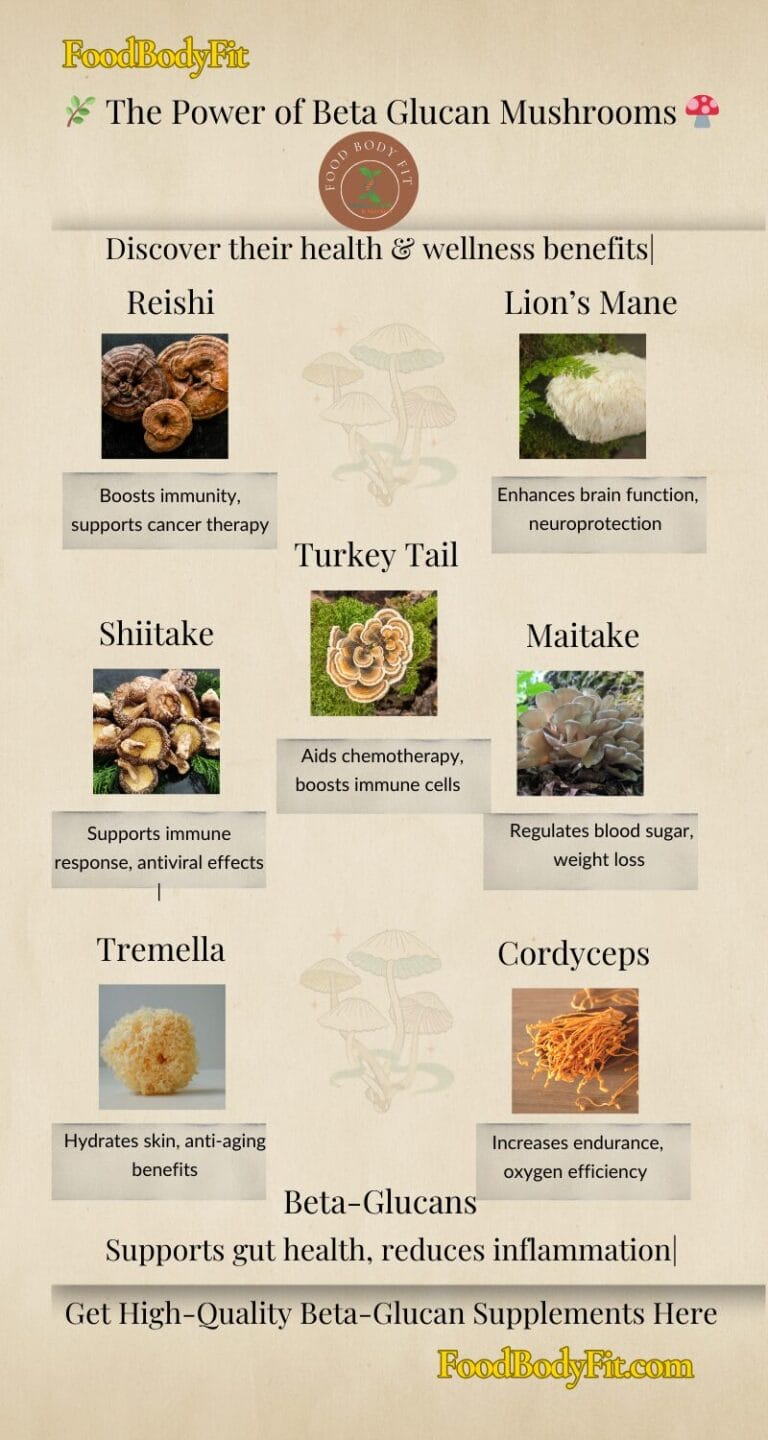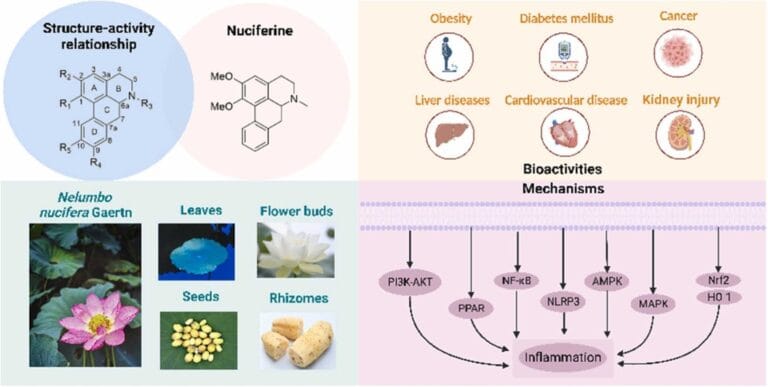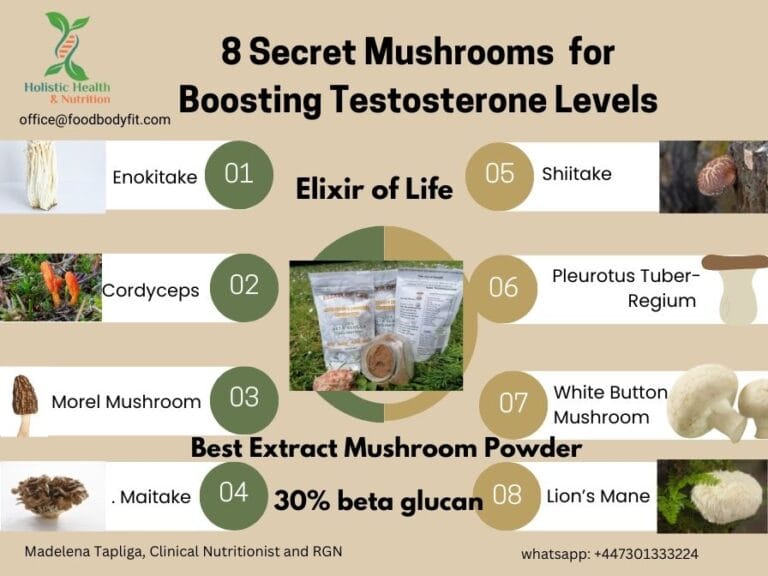What is a portion? Below are some examples of what constitutes 1 portion of each food group.
A healthy balanced diet is important for a maintaining good health. It improves general wellbeing, helps with weight management and reduce the risk of long term conditions such as heart disease, type 2 diabetes and cancer.
Why count calories?
If you are trying to lose or gain weight, it is useful to have an understanding of the amount of calories in the foods and drink you consume. Knowing the calorie contents of food helps us to carefully select the types of food we eat so that we can avoid excess, choose healthier options and maintain a healthy weight. 1 kilogram is 7,000 calories, so if you consume just 100 calories per day more than your requirements e.g. by eating one or two biscuits each day), in one year this is equal to 36,500 calories. This could mean a weight gain of around 5 kg (10lb) in one year, just by having 100 calories per day more than you need.
Below are some examples of what constitutes 1 portion of each food group.
Fruit and vegetables:
ONE portion = 80g = any of these
- 1 apple, banana, pear, orange or other similar sized fruit
- 2 plums or similar sized fruit
- ½ a grapefruit or avocado
- 1 slice of large fruit, such as melon or pineapple
- 3 heaped tablespoons of vegetables (raw, cooked, frozen or tinned)
- 3 heaped tablespoons of beans and pulses (however much you eat, beansand pulses count as a maximum of 1 portion a day)
- 3 heaped tablespoons of fruit salad (fresh or tinned in fruit juice) or stewed fruit
- 1 heaped tablespoon of dried fruit (such as raisins and apricots)
- 1 handful of grapes, cherries or berries
- a dessert bowl of salad
- a glass (150ml) of fruit juice (however much you drink, fruit juice counts as a
maximum of 1 portion a day)
Bread, cereal, rice and pasta and potatoes:
- 1 slice bread
- 1 egg sized potato
- 3 tbsp breakfast cereal
- 2 heaped tablespoons of cooked pasta and rice
Milk and dairy:
- 200 ml of milk
- 150g low fat yoghurt
- 125g cottage cheese
- 30g hard cheese
Meat, fish, eggs, beans and other non-dairy source of protein:
Madelena
nutrition&weight management
herbal medicine
MLD therapiest





